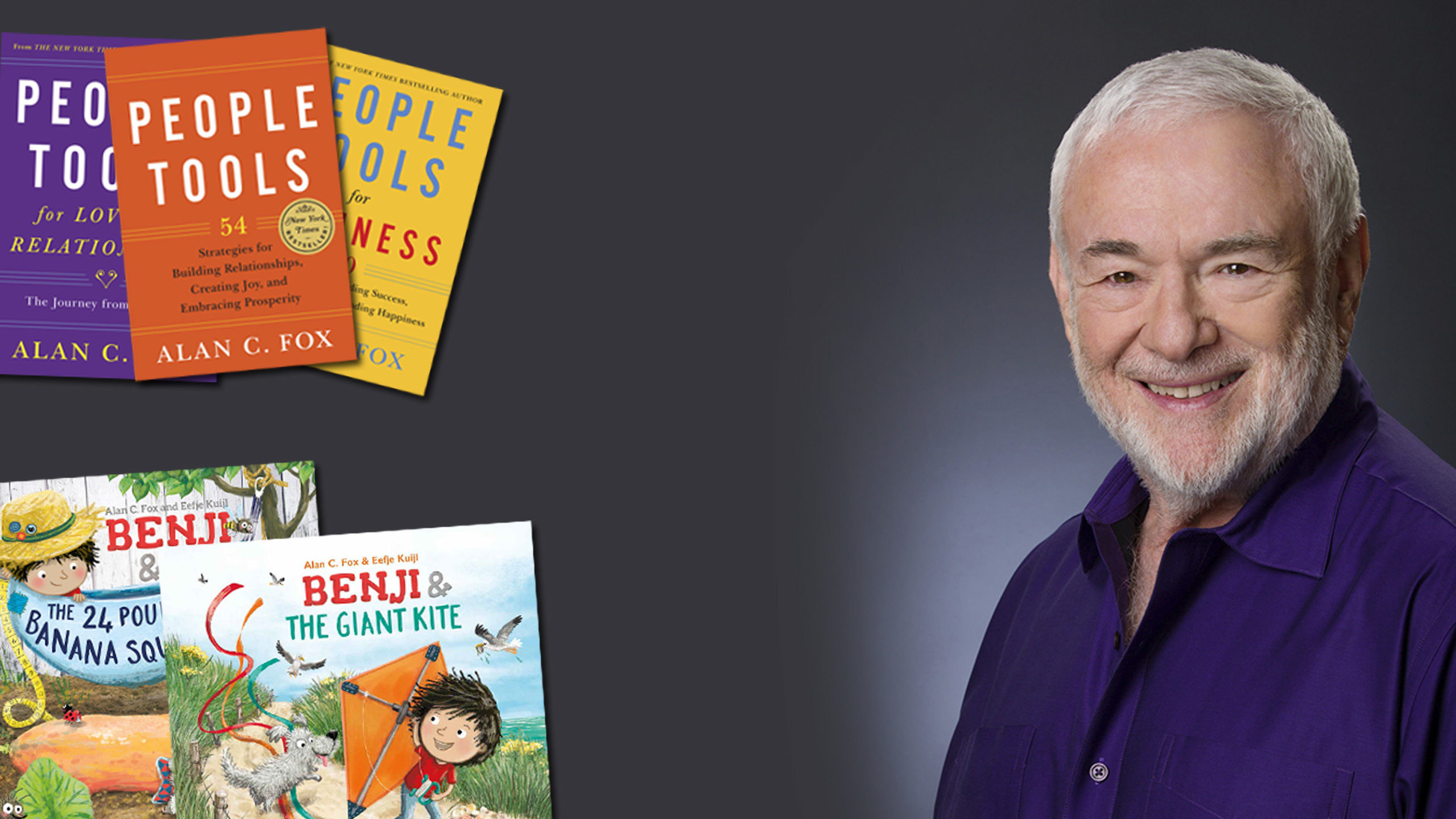 Will Rogers said that investing in the stock market is easy. You buy a stock and when it goes up you sell at a profit. If the stock doesn’t go up, don’t buy it in the first place.
Will Rogers said that investing in the stock market is easy. You buy a stock and when it goes up you sell at a profit. If the stock doesn’t go up, don’t buy it in the first place.
Drum roll, please.
On a more realistic note, I’d like to briefly and simply explain why you should aim to avoid large investment losses.
Suppose you take $10,000 and make five investments of $2,000 each. At the end of the first year four of your investments have each increased by 15%, which is quite good. Your total profit on that $8,000 investment is $1,200 (15% of $8,000). So far so good. Congratulations!
But on that final investment of $2,000 you took a flier. Maybe you invested in a speculative stock, or in a friend’s business. But at the end of the first year your investment has declined by 80%, which is $1,600. Oops!
So you made four excellent investments and one bummer. Your profit in four investments was $1,200 but your single loss on one was $1,600. What is the total profit (or loss) on your $10,000 portfolio? You’re probably way ahead of me even if you’re not ahead on your investments. Your net loss was $400 ($1,200 profit minus a $1,600 loss). This is a recipe for going broke in a hurry.
Accordingly, I suggest that, when you invest, avoid swinging for home runs. You won’t score if you consistently strike out. Consistent singles are more profitable.
Three additional easy to understand investment rules, that I have learned the hard way.
- Do not under any circumstances invest in the business of a friend or relative. If you’re tempted, give them a gift instead and save both money and the relationship.
- Don’t entirely trust money managers who invest in stocks. They are in business to make money from your money. For themselves. I once turned $30,000 in the stock market into $20,000. Then I hired a professional money manager, who turned my $20,000 into $10,000. I only lost 33-1/3% on my money. The professional was more efficient and lost 50% of what remained.
- Invest in yourself – take classes, travel, read books that interest you. Those investments pay off handsomely.
If you don’t understand what I’m talking about, then by all means read more Will Rogers.
Alan

 “Patterns Persist” is the title of Chapter 7 of my New York Times bestselling book People Tools. It’s my favorite chapter, and is also the one that many readers find most useful, and they often share examples from their own lives.
“Patterns Persist” is the title of Chapter 7 of my New York Times bestselling book People Tools. It’s my favorite chapter, and is also the one that many readers find most useful, and they often share examples from their own lives. This is the title of a popular song from a number of years ago. If you look online you can watch Bobby McFerrin’s Official Video. It has had more than 145 million views. That’s a lot of people being happy, or at least wanting to be.
This is the title of a popular song from a number of years ago. If you look online you can watch Bobby McFerrin’s Official Video. It has had more than 145 million views. That’s a lot of people being happy, or at least wanting to be.